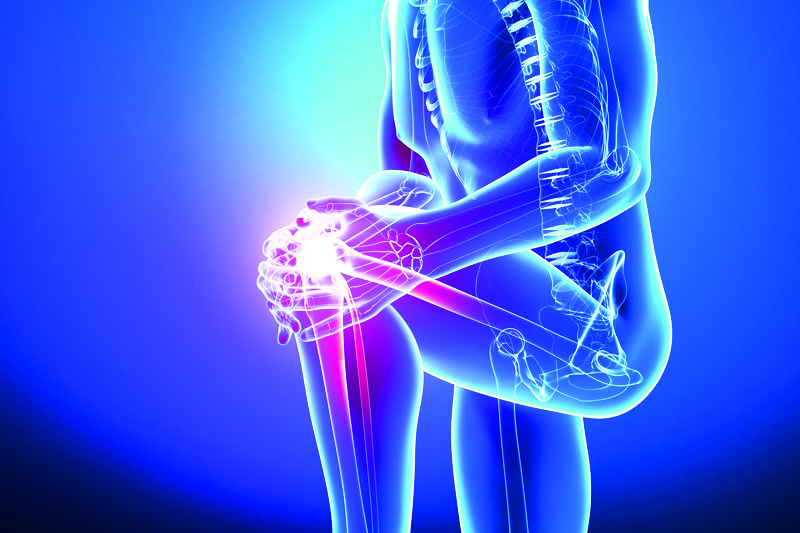Degenerative conditions of the spine, such as a herniated disc, are part of the normal aging process that can cause pain in the neck and back and other symptoms. In the case of a herniated disk, the symptoms can be alleviated thanks to conservative treatments such as exercise, medication, or other non-surgical solutions. If conservative care is not adequate, the doctor may suggest a surgical approach as an alternative solution. Surgical alternatives usually include artificial disc replacement, decompressive laminectomy, or spinal fusion.
Dr. Rakesh Mahajan of BLK Super Speciality Hospital, New Delhi is the best orthopedic surgeons in Delhi.
Conservative care
Not all patients complaining of neck pain require surgery. In fact, most subjects find relief from painful symptoms thanks to non-surgical therapies such as exercise, medication, physiotherapy, and chiropractic treatment.
Surgical decompression
The most commonly used surgical procedure for cervical spinal stenosis is laminectomy with cervical foraminotomy. This procedure is aimed at enlarging the spinal canal to relieve spinal cord compression and reduce symptoms, such as tingling and weakness, observed in cases of spinal stenosis.
Artificial disc replacement
Artificial disks are prosthetic solutions designed to replace the diseased disk, removed from the column while maintaining movement, flexibility and therefore the natural biomechanical conformation of the spine.
Spinal fusion surgery
Spinal fusion consists of a surgical procedure aimed at treating the degenerative conditions of the spine in general. Through the use of bone grafts and tools, such as metal plates and screws, this procedure allows two or more adjacent vertebrae to merge, to stabilize the spine and relieve pain caused by degenerative pathology.
What is an artificial disc?
An artificial disc is a prosthetic device which, inserted between the vertebral bodies, replaces the natural disc, preserving the mobility of the treated vertebral segment.
If non-surgical therapies prove ineffective in alleviating the pain caused by acute disc herniation, the doctor may suggest the use of spinal surgery. The goal of this type of surgery is to totally or partially remove the damaged disk (discectomy), in order to relieve the pressure exerted on the nerves and/or on the spinal cord (decompression) and to restore stability and alignment of the spine following removal of the disc.
This joint replacement surgery, also called arthroplasty, involves the insertion of an artificial disc-shaped prosthetic in the intervertebral space after removing the original disc.
The device is designed to preserve mobility in the disc space and along the entire vertebral segment treated. It functions like a joint, favoring movement (flexion, extension, lateral inclination, and rotation) and alignment (height and curvature) of the original disc.
What is spinal fusion?
Discectomy and anterior cervical fusion are cervical surgical procedures involving access to the spine using an incision made in the front of the neck.
The diseased disc is removed and replaced with bone material taken from the patient’s hip or from biocompatible devices (cage), composed of synthetic bone substitutes, which can restore the height of the original disc and facilitate the fusion between the two adjacent vertebrae. In the event of instability, the surgeon can implant an additional metal plate to stabilize the spine during the arthrodesis process.
Endoscopy a new approach to spinal surgery
Vertebral endoscopy interventions can take place under local anesthesia and in day surgery, i.e., with a very short hospitalization of just one day. The great advantage of this method compared to traditional surgery is precisely that of significantly reducing the impact of the intervention on the patient, drastically reducing recovery times and speeding up the return to normal daily activities.
These features make it particularly suitable for two categories of people –
· sportsmen, or anyone who needs a faster return to daily activities, work or sports
· elderly, or anyone suffering from pathologies associated with that of the spine (e.g., diabetes, cardiological diseases, etc.) that make traditional surgery or general anesthesia risky
The endoscopy procedure involves access to the spine through a small incision of a few millimeters, in which the endoscope cannula is inserted to reach the point of interest.
Once the cannula is positioned, the micro-camera is inserted through it to directly visualize the area to be operated, as well as the miniaturized instruments necessary for the intervention.
The cost of spinal surgery is about USD 5000 in India. It includes 4 days stay in hospital and 12 days stay in all.




